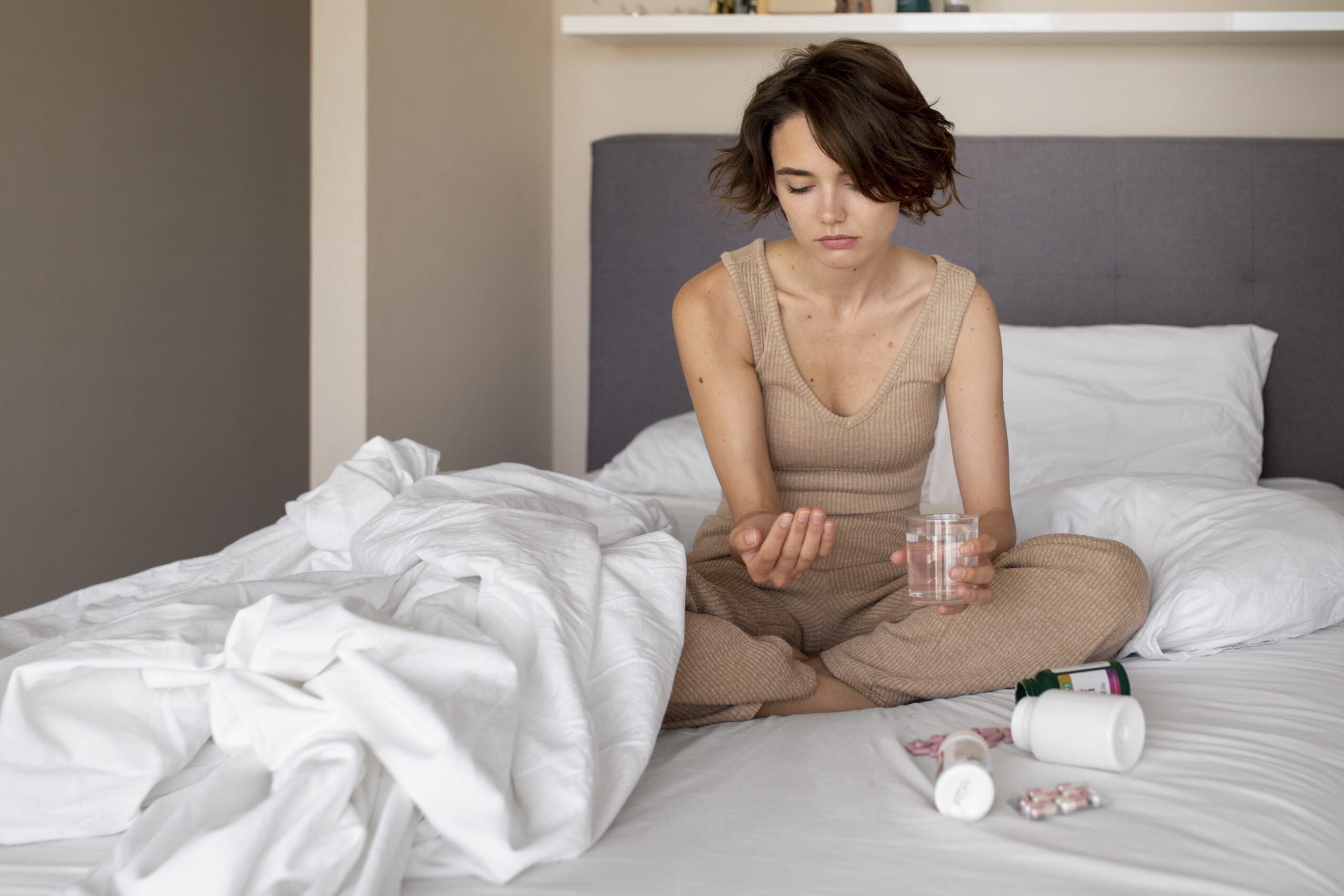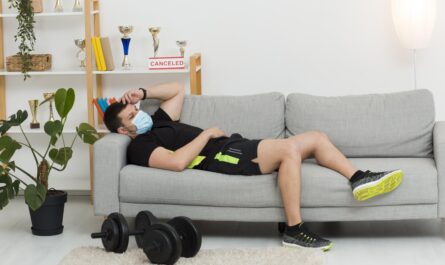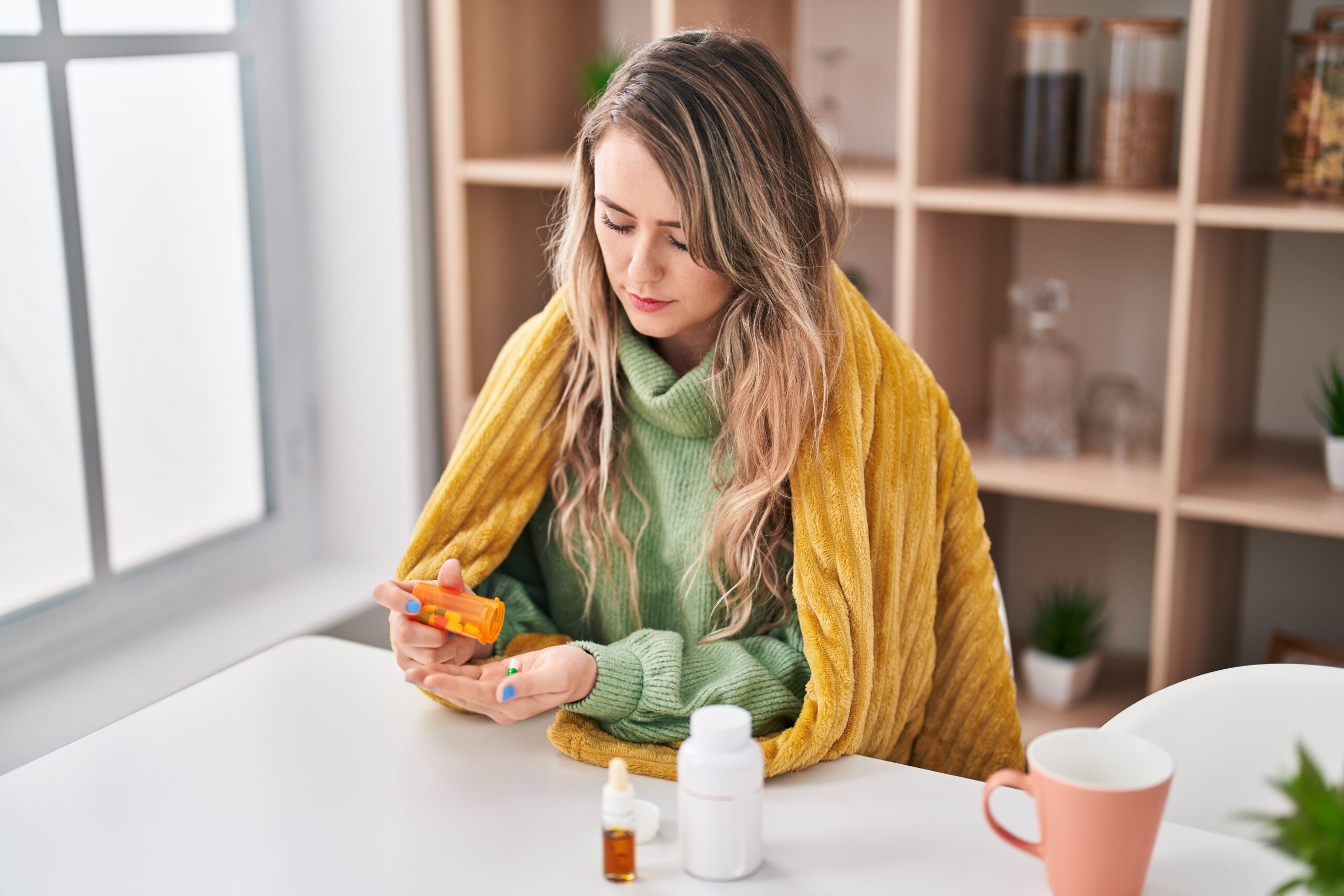Statins are medications that lower levels of low-density lipoprotein (LDL) cholesterol, often referred to as “bad cholesterol.” By inhibiting the enzyme HMG-CoA reductase, statins slow down the liver’s production of cholesterol and encourage the liver to remove LDL cholesterol from the blood. This reduction in cholesterol helps prevent the buildup of plaque in arteries, lowering the risk of heart attacks and strokes.
Common Types of Statins:
- Atorvastatin (Lipitor)
- Simvastatin (Zocor)
- Rosuvastatin (Crestor)
- Lovastatin (Mevacor)
- Pravastatin (Pravachol)
While highly effective in managing cholesterol, these drugs can cause side effects in some patients, particularly muscle-related issues.
Why Do Statins Cause Muscle Cramps?
Muscle cramps and pain are common side effects of statins, affecting up to 10% of patients. The exact mechanisms are not fully understood, but several theories explain how statins might contribute to muscle issues:
1. Reduced Coenzyme Q10 (CoQ10) Levels:
Statins inhibit the production of CoQ10, a substance essential for muscle energy production. Low levels of CoQ10 may lead to muscle fatigue, weakness, and cramping.
2. Mitochondrial Dysfunction:
Mitochondria, the “powerhouses” of cells, are responsible for generating energy. Statins may impair mitochondrial function, leading to muscle pain and cramps due to insufficient energy production in muscle cells.
3. Increased Muscle Breakdown:
A protein known as myoglobin is released into the bloodstream when muscle tissue is broken down more quickly by statins. In severe cases, this can lead to rhabdomyolysis, a serious condition that causes muscle damage and kidney problems.
4. Inflammatory Response:
Some researchers suggest that statins may trigger an inflammatory response in muscles, leading to pain and cramps.
Risk Factors for Statin-Induced Cramps
Not everyone who takes statins experiences muscle cramps. Nonetheless, a few things could make this side effect more likely to occur:
- Age: Older adults are more susceptible to muscle-related side effects.
- Dosage: Higher doses of statins are associated with an increased risk of cramps.
- Physical Activity: Intense exercise can exacerbate muscle pain and cramping in patients taking statins.
- Other Medications: Some drugs, such as certain antibiotics and antifungals, can interact with statins, increasing the risk of muscle side effects.
- Pre-existing Conditions: Conditions like hypothyroidism or kidney disease can make muscle cramps more likely.
How to Prevent Statin-Induced Cramps
Managing and preventing muscle cramps while on statins involves a combination of lifestyle adjustments, supplements, and medication management. Here are some strategies:
1. Consult Your Doctor About Dosage Adjustments
If you experience muscle cramps, your doctor may recommend lowering your statin dose or switching to a different type of statin. Hydrophilic statins like pravastatin and rosuvastatin are less likely to penetrate muscle cells and may reduce the risk of cramps.
2. Take Coenzyme Q10 (CoQ10) Supplements
Several studies suggest that CoQ10 supplementation may help reduce statin-induced muscle symptoms by replenishing levels depleted by the medication. CoQ10 is available over-the-counter in capsule form.
3. Incorporate Anti-inflammatory Foods
A diet rich in anti-inflammatory foods can help reduce muscle pain and cramping. Include foods such as:
- Fatty fish (salmon, mackerel)
- Olive oil
- Leafy greens (spinach, kale)
- Nuts and seeds
- Turmeric primary ingredient, curcumin, has anti-inflammatory qualities.
4. Stay Hydrated
Dehydration can exacerbate muscle cramps. Ensure you drink enough water throughout the day, especially if you engage in physical activities.
5. Exercise Moderately
Regular, moderate exercise can help strengthen muscles and improve circulation, reducing the risk of cramps. However, avoid overexertion, which can worsen symptoms. Yoga, strolling, and swimming are examples of low-impact activities that are good for you.
6. Stretch Regularly
Stretching exercises can help relax muscles and prevent cramps. Focus on stretching the legs, arms, and back to maintain flexibility.
7. Check for Drug Interactions
Some medications can interact with statins, increasing the likelihood of muscle cramps. To prevent any interactions, let your doctor know about all the drugs and supplements you are taking.
Managing Muscle Cramps While on Statins
If you already experience muscle cramps due to statins, several strategies can help alleviate the discomfort:
1. Warm Compresses
Applying a warm compress or taking a warm bath can help relax tense muscles and relieve cramps.
2. Massage Therapy
Massaging the affected muscles can improve blood flow and reduce pain. Consider professional massage therapy or self-massage techniques at home.
3. Over-the-Counter Pain Relievers
Nonsteroidal anti-inflammatory drugs (NSAIDs) such as ibuprofen can provide temporary relief from muscle pain and cramps. However, consult your doctor before using them regularly.
4. Magnesium Supplements
Magnesium plays a crucial role in muscle function. Taking magnesium supplements may help relieve muscle cramps, especially if you have a deficiency.
5. Cold Therapy
Applying an ice pack to the affected area can reduce inflammation and numb pain, providing relief from cramps.
When to See a Doctor
While mild muscle cramps can often be managed at home, certain symptoms warrant immediate medical attention:
- Severe or persistent muscle pain
- Dark-colored urine (a sign of rhabdomyolysis)
- Muscle weakness that interferes with daily activities
- Signs of kidney problems, such as swelling or reduced urine output
Your doctor may perform blood tests to check for muscle damage and adjust your treatment plan accordingly.
Conclusion
Statins are highly effective in reducing cholesterol levels and preventing heart disease, but they can cause muscle cramps in some patients. Understanding the causes of statin-induced cramps and implementing preventive measures, such as adjusting dosages, taking supplements, and adopting a healthy lifestyle, can help manage these side effects. Before altering your supplement or drug regimen, always get advice from your healthcare professional. By taking proactive steps, you can continue to benefit from statin therapy while minimizing muscle-related discomfort.



